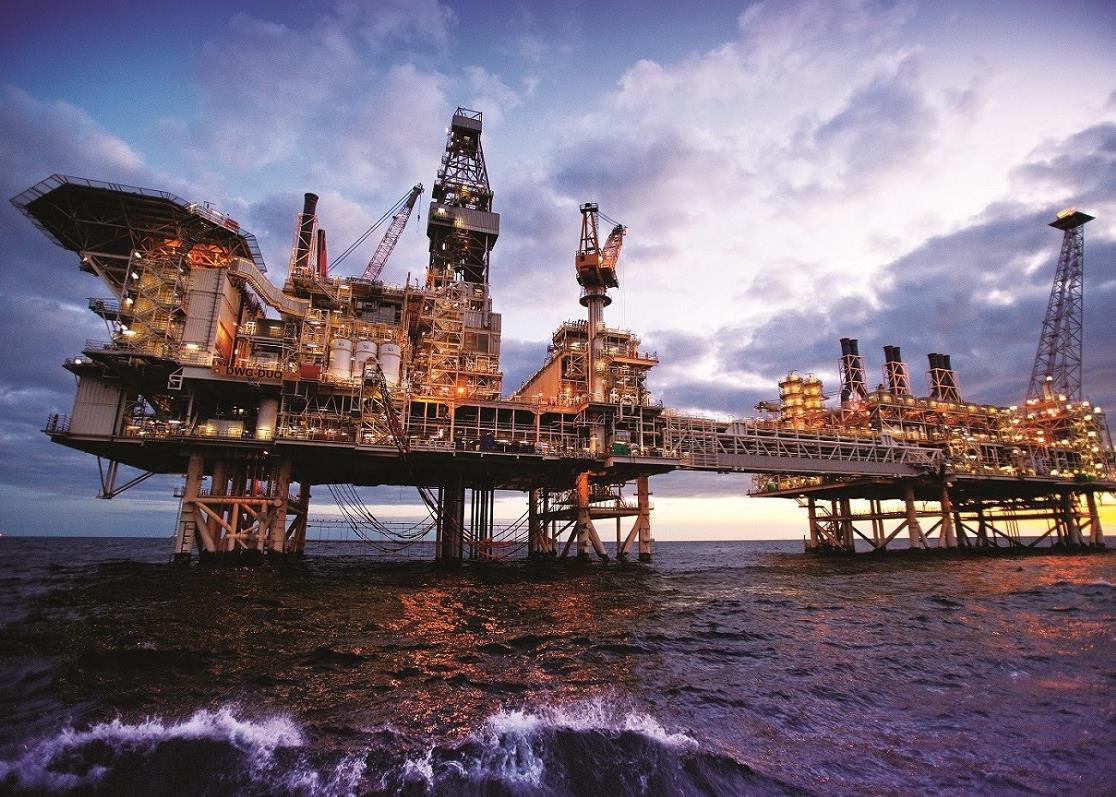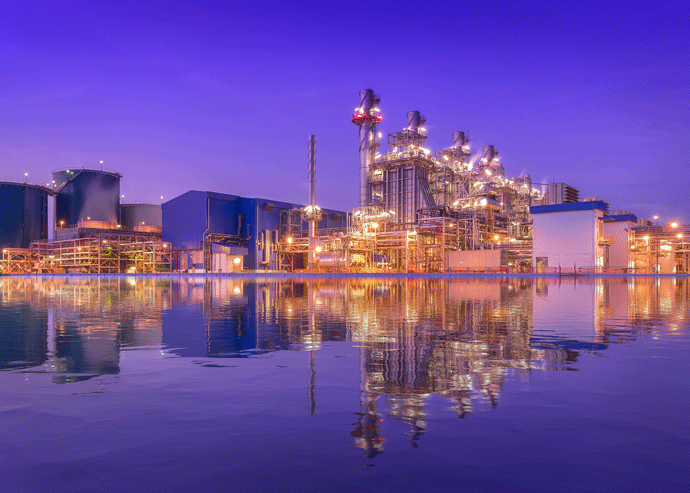
At this year’s Dubai’s Cityscape exhibition in mid-October, each hall was packed with real estate projects planning to turn vast expanses of desert and hundreds of kilometres of shorefront into the cities of tomorrow. But as the development boom continues, a growing number of projects are struggling to move from the planning stages to construction.
The volume of work planned for Dubai and the six other emirates is massive, and the latest data from MEED projects, which tracks projects in the Gulf, clearly demonstrates the scale of the problem. Of the $575,965 million worth of construction projects planned for the federation, 38 per cent are still at the planning and feasibility stages, and 43 per cent are at the tendering stage. About 19 per cent are under construction and less than 1 per cent have been completed.For many of the exhibitors, the projects were familiar and there were few updates on 2006. Sama Dubai, for example, unveiled plans for its projects in Morocco and Oman, which have been in the planning stages for years. Its $17,700 million Lagoons development in Dubai and the $550 million Dubai Towers project in Doha are both making slow progress in the early construction phases.Sama Dubai is not alone. Nakheel’s stand covered all of its major projects and all the favourites of the past three years were there: Dubai Waterfront, the three Palm island projects and The World. With the exception of a few preliminary contract awards, the majority of its projects are still at the same stage they were 12 months ago. Even the apparent debut of Limitless’ $11,000 million Arabian Canal project was misleading as it had first been unveiled as part of Nakheel’s Dubai Waterfront development in 2004.The reasons for the slow progress are varied. Inexperienced developers have struggled with the complexity of designing a new city from nothing. The processes of securing funding and updating business plans have been threatened by increasing building costs. And a lack of co-ordination between developers and government authorities has caused delays.The delivery issue is a growing concern for developers. If the situation continues, investors could begin to question the viability of some projects and whether they will ever be built.The cracks are already beginning to appear. The market witnessed the first signs of projects defaulting in 2006 when the Dubai Technology, e-Commerce & Media Free Zone (Tecom) assumed control of the Dubai Pearl scheme from a developer that failed to get it moving.However, a large volume of upcoming projects is good news for the construction industry. Concerns about the longevity of the current building boom have been present since the market first showed signs of picking up in 2001, but the prospect of almost $220,000 million worth of projects in the planning and feasibility stages means the market should remain strong for at least another five years, and probably longer.With about 10 years of development work imminent, there is an argument that the emirates’ governments should put new projects on hold so that developers can concentrate on delivering the schemes on which they are already working.But this is unlikely to happen. In Abu Dhabi and the northern emirates of Sharjah, Ajman, Umm al-Qaiwain and Fujairah, the decision to develop was taken only recently and the authorities believe the project market for each of these emirates still has a long way to go before they reach saturation.In Dubai it is a different scenario. Development has been in progress for five years and developers are struggling to get their projects moving on site. Construction work has not started on many of the Dubailand projects, the $27,200 million Bawadi development, and schemes such as Dubai Waterfront, Palm Deira, The World and The Lagoons are still in the early stages of construction with just a few earth-moving packages and infrastructure contra
You might also like...

Adnoc Offshore awards Upper Zakum contract
17 April 2024

Oman awards Batinah coastal road contract
17 April 2024

Oman appoints Al Khuwair Downtown project manager
17 April 2024
A MEED Subscription...
Subscribe or upgrade your current MEED.com package to support your strategic planning with the MENA region’s best source of business information. Proceed to our online shop below to find out more about the features in each package.









